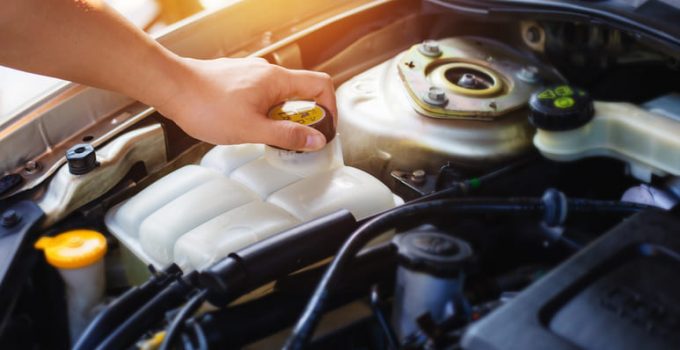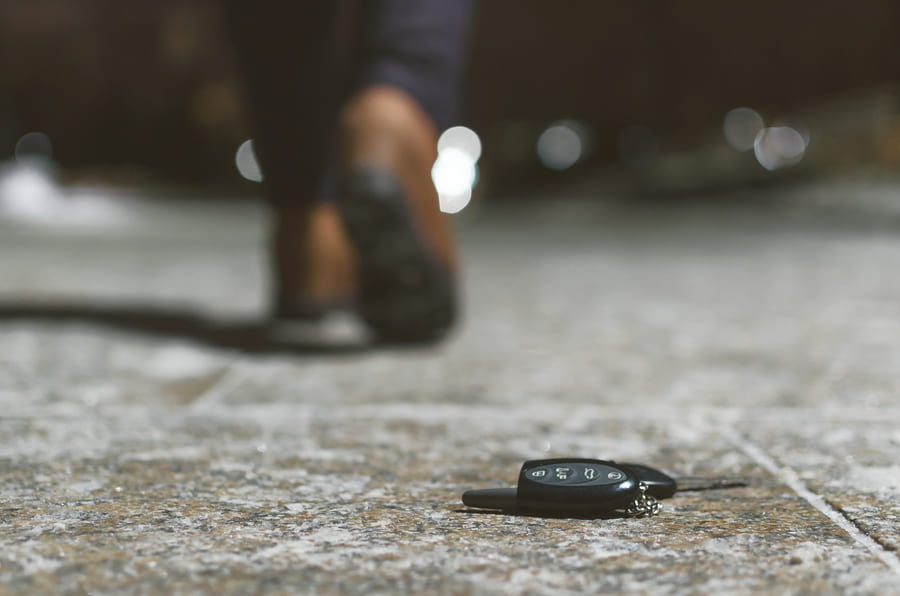
If the engine temperature rises for no apparent reason while you are driving, there is probably a malfunction in the cooling system. If you can rule out a leak, the most likely cause is air entering the cooling circuit. The solution: Bleed the radiator!
Venting of the radiator should always be carried out properly. We will show you what you need to consider in order to restore the trouble-free circulation of the cooling water.
Why do you need to remove the air?
The heating and cooling systems function on the same principle: water is designed to circulate within a self-contained system. If air enters, this circulation is compromised and this can lead to a reduction in efficiency as well as potential damage. In a heating system, the problem can be solved by bleeding the radiators. The same goes for the vehicle’s cooling mechanism. Here, too, air that has entered can be removed by bleeding. Otherwise, tiny air bubbles prevent the proper circulation of the coolant. The result is a decrease in cooling capacity and a subsequent increase in temperature, which can lead to overheating. This is why you should bleed the radiator after each refilling of coolant or antifreeze.

How to vent a radiator
First of all, you should drain the cooling water and dispose of it according to legal requirements. Please note that it should be disposed of in the same way you would dispose of used oil. Next, you’ll need to mix the coolant in a clean container following the ratio specified in the instructions. If there are bleed valves, you can now proceed by opening the expansion tank and filling it up to the maximum mark with the new coolant. Then close it again and start the engine and let it run. Now you can open the bleed valves a bit. Check to see if there are any bubbles coming out. If only liquid without any bubbles comes out, you can go ahead and close the bleeder valves again. Start the engine, letting it warm up and keep an eye on the temperature gauge. Set the fan to the lowest setting and the heating to the maximum. You can now close the expansion tank again and shut the bonnet. At this point, it’s a good idea to take a quick test drive and to top up the coolant, if necessary.
Basically, you can use these instructions for any vehicle model. Some vehicles do not have any bleeder valves, others have one or more. The position of the bleed valves also varies depending on the vehicle. If you are not sure or not confident enough to do this yourself, we recommend you leave the venting of the cooling system to a mechanic that you trust.
Bleeding the cooling system with negative pressure
For some vehicle manufacturers, the bleeding process is a little more complicated. Some BMW or Porsche models cannot be bled correctly with the previous instructions. That’s why we will show you another way to bleed the cooling system – with negative pressure.
Tip: To bleed the cooling system with negative pressure, you need a special tool – a so-called cooling system filling and bleeding device. The latter first creates a vacuum in the empty cooling circuit. You can then pump new coolant free of bubbles into the system via a suction hose. At the same time you can check the circuit to make sure it’s watertight and free of any leakage.
To begin, screw the coolant reservoir on and fit and fasten the universal adapter. Connect the compressed air with a maximum of 8 bar to the bleeding unit. Open the compressed air valve and create negative pressure. As soon as the system has been vented and a vacuum has been created, close the valve again. Keep a proper coolant ready in a separate container. Fill the intake hose with cooling water so that air bubbles are not sucked in again. Now place the suction hose in the container you have at the ready. Open the valve on the intake hose and put the coolant into the system without any air bubbles. As soon as the cooling system circuit is full, close the intake valve again. Remove the unit again and screw the sealing cap onto the coolant tank.
When should I remove the air from the coolant system?
You should bleed the radiator after each refilling of coolant or antifreeze. Before going on holiday, it is also advisable to bleed the radiator as part of a thorough general check-up to prevent unpleasant surprises during your journey.
- @user_142573524.02.2023 08:02Member
Can I just drain my radiator and will all the water be drained and then add the new coolant and water or will there be air in the system
Johan


















Comments – 1